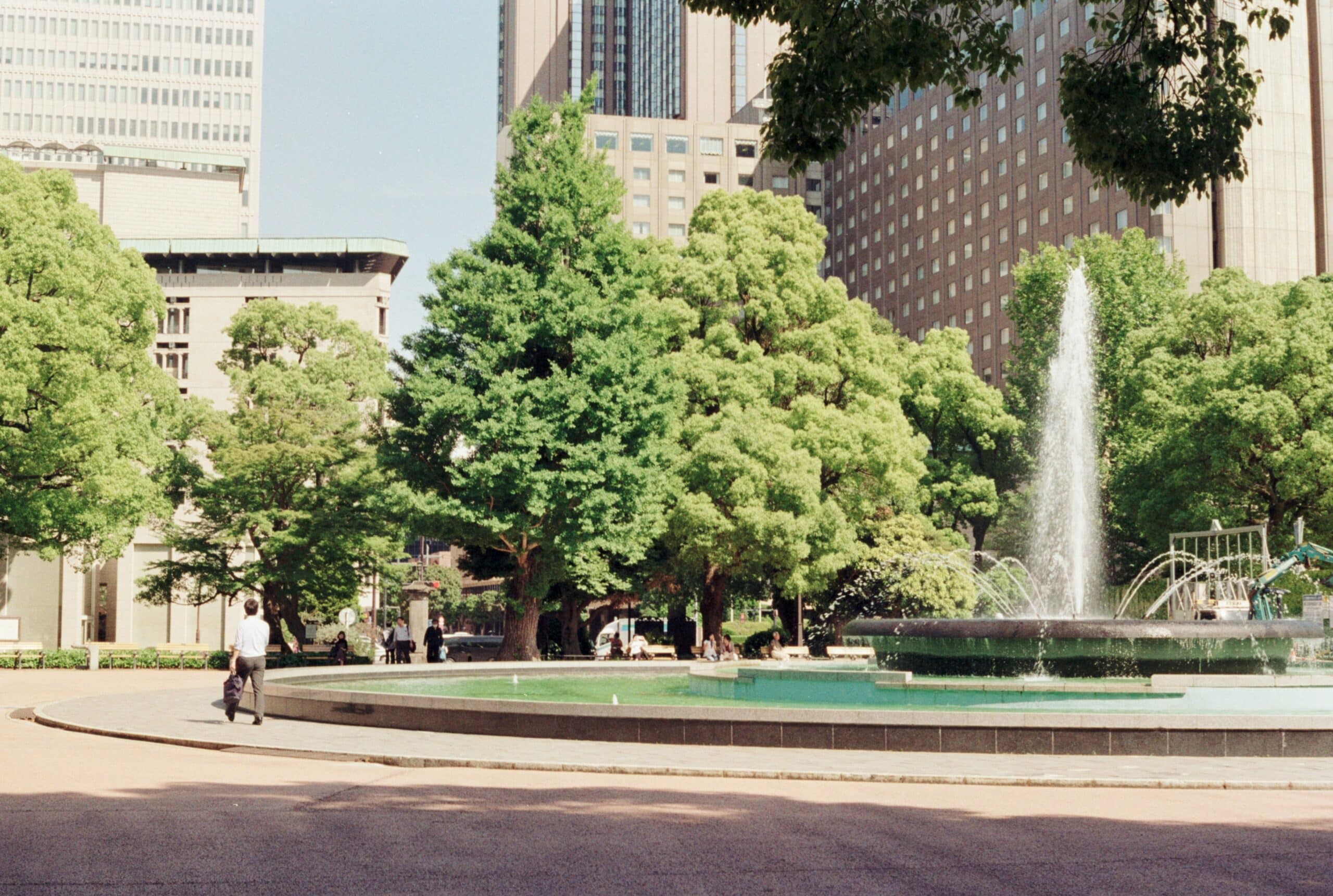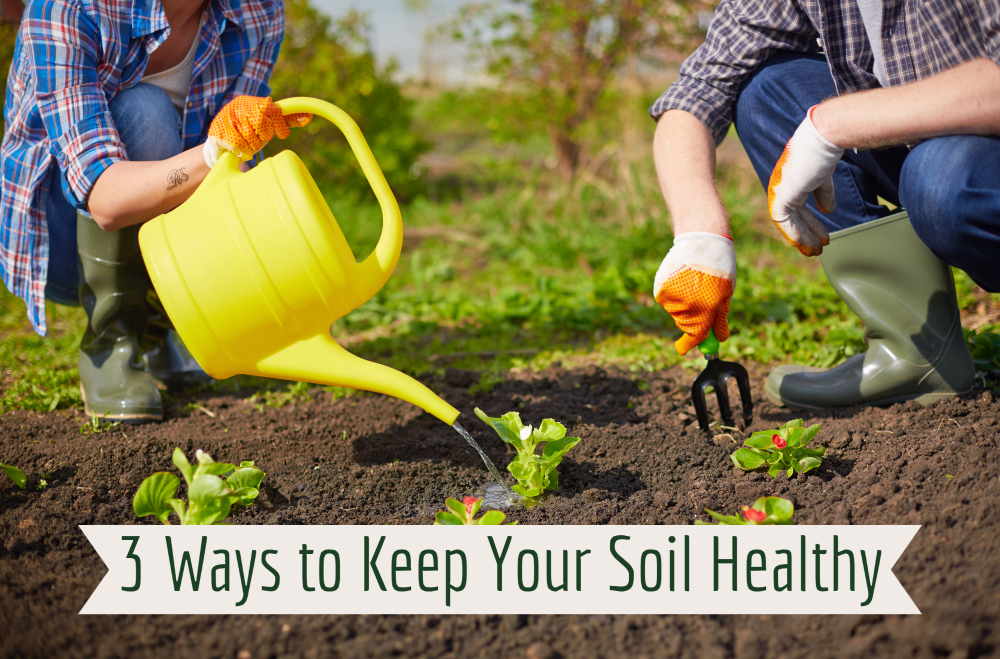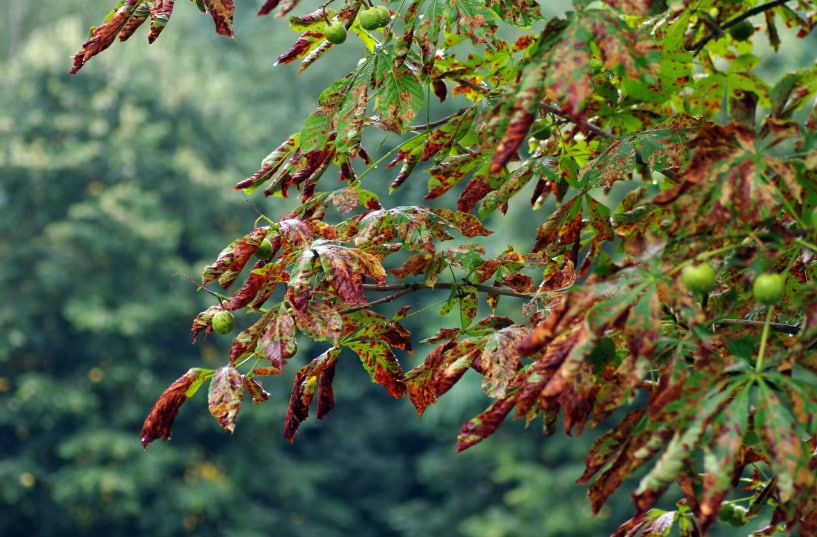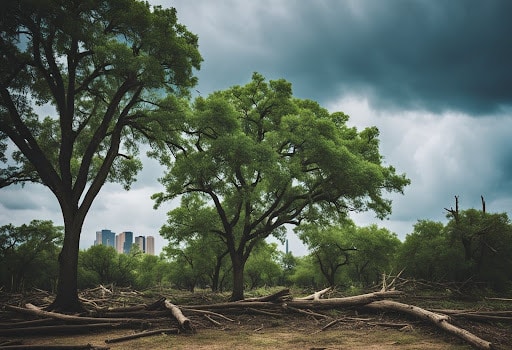
Date January 14, 2025
Category
Storms can leave a significant mark on the landscapes of Dallas, particularly when it comes to its trees. Revitalizing trees after storm damage requires immediate and informed action to ensure their recovery and longevity. Understanding the proper steps for emergency care and rehabilitation can make all the difference in restoring these vital components of the environment.
In the aftermath of a storm, identifying the type and extent of damage to trees is crucial. By implementing strategic emergency care tips, tree owners can effectively support their trees during the initial recovery phase. Additionally, knowledge of long-term rehabilitation techniques will foster healthier growth, helping trees thrive in the Dallas climate.
As residents seek to restore the beauty and functionality of their outdoor spaces, exploring these recovery strategies offers a path forward. By focusing on both immediate needs and future care, they can contribute to a vibrant and resilient urban landscape.
Emergency Care for Storm-Damaged Trees
When a storm impacts trees, rapid assessment and action are crucial. Identifying the damage and implementing immediate care strategies can greatly enhance a tree’s chance for recovery.
Initial Damage Assessment
Begin by evaluating the extent of damage to the tree. Look for:
- Broken branches: Check if any limbs are partially or completely broken.
- Bark damage: Inspect for cracks or missing bark, which can expose the tree to pests and disease.
- Root system: Assess the stability of roots, especially if the tree has been uprooted or shifted.
Document the damage with photographs and notes. This assessment will help determine the appropriate course of action for recovery and may also be helpful for insurance claims.
Safety Measures and Immediate Actions
Safety is the foremost priority when dealing with storm-damaged trees. Follow these guidelines:
- Wear protective gear: Ensure gloves, hard hats, and eye protection are worn to prevent injuries.
- Evaluate surroundings: Be cautious of power lines, nearby structures, and other hazards before approaching fallen trees.
- Remove hazards: Clear away broken branches that pose risks to people or property.
In cases of severe damage, it’s best to consult a certified arborist. They can assess the situation and provide professional recommendations for further action.
Temporary Stabilization Techniques
If a tree is leaning but not completely uprooted, stabilization is essential. Consider these techniques:
- Guying: Use cables and stakes to support the tree, ensuring it remains upright while root recovery occurs.
- Watering: Maintain adequate moisture in the soil but avoid overwatering, which can lead to further instability.
- Pruning: Remove any loose or damaged branches to reduce weight and stress on the tree.
Temporary measures should be regularly monitored and adjusted as necessary, ensuring the tree has the best chance for recovery while waiting for long-term rehabilitation strategies.
Long-Term Rehabilitation Strategies
Restoring trees after storm damage requires careful planning and implementation of effective rehabilitation strategies. Key aspects include enhancing soil health, executing proper structural pruning, and ensuring the restoration of the tree’s canopy.
Soil Health and Nutrient Management
Healthy soil is essential for tree recovery. After a storm, soil may become compacted, reducing oxygen availability. Aeration can improve this condition. Techniques such as core aeration or adding organic matter help restore soil structure.
Regular soil testing is crucial to identify nutrient deficiencies. Key nutrients like nitrogen, phosphorus, and potassium promote growth. Incorporating fertilizers or compost can address these needs.
Mulching around the tree base helps retain moisture and suppress weeds. A depth of 2 to 4 inches of organic mulch is recommended. Care should be taken to keep mulch away from the trunk to prevent rot.
Structural Pruning and Tree Training
Post-storm care often includes structural pruning to address broken or weak branches. This process reduces the risk of future damage by creating a strong tree structure.
Branches that cross or rub against each other should be removed. This helps in promoting growth in healthier directions. Certified arborists can provide guidance on the best pruning techniques to encourage a balanced canopy.
Tree training techniques may also be beneficial. Using braces or cables can support vulnerable branches. Monitoring regularly ensures that the tree maintains its health and prevents further structural issues.
Restoring Tree Canopy and Aesthetics
Restoration of the tree’s canopy is critical after storm damage. A well-maintained canopy supports photosynthesis and overall tree health.
Careful pruning encourages new growth while removing any dead or damaged branches. This promotes a uniform canopy shape, enhancing the tree’s appearance.
Fertilizing during the growing season can also aid in canopy restoration. Applying growth-promoting fertilizers strengthens branches and encourages lush foliage.
Regular maintenance, including watering, pest management, and monitoring for diseases, supports ongoing recovery. Consistent attention will lead to a resilient and aesthetically pleasing tree in the long term.
Supporting Urban Forestry Resilience
Urban forestry resilience is vital for enhancing the ecosystem of Dallas, especially after storm damage. Engaging the community and advocating for protective policies can significantly bolster these efforts.
Community Engagement and Education
Community involvement plays a crucial role in supporting urban forestry. Education programs can inform residents about the importance of trees and effective recovery methods. Local workshops can focus on:
- Tree care techniques: Teaching proper pruning and watering methods.
- Volunteer initiatives: Organizing tree planting and maintenance events.
- Awareness campaigns: Promoting the benefits of trees in urban settings.
These initiatives foster a sense of responsibility and stewardship among residents. Residents become more knowledgeable and engaged, leading to healthier urban forests.
Policy and Advocacy for Tree Protection
Policies ensuring tree protection can significantly impact urban forestry resilience. Advocates can work towards implementing regulations that promote tree preservation during development projects. Important areas to focus on include:
- Zoning laws: Establishing guidelines that protect existing trees.
- Incentives for preservation: Offering tax breaks for developers who maintain mature trees.
- Funding for replanting initiatives: Ensuring resources are available for tree recovery efforts.
Effective advocacy can lead to stronger protections, helping urban forests withstand future storms and thrive in the long term. Policies supporting sustainable urban forestry are essential for climate resilience and community wellbeing.
Storms can wreak havoc on trees and landscapes, leaving Dallas residents with urgent recovery needs. Proper storm damage recovery requires immediate action and expert care to restore tree health and maintain property safety. Whether it’s assessing damage, stabilizing trees, or planning long-term rehabilitation, the right steps make all the difference.
For trusted storm damage recovery in Dallas, look no further than TreeNewal. Serving the Dallas and Fort Worth Metroplex since 2017, TreeNewal’s ISA-certified arborists are equipped to handle emergencies with professionalism and care. From immediate hazard removal to long-term rehabilitation, TreeNewal ensures your trees recover and thrive.
Don’t let storm damage compromise your landscape—call TreeNewal today for expert solutions that protect your property and revitalize your trees.


